| বাংলায় পড়ুন | Researchers and Reporters: Shama Sultana Ayesha Akhter |
The ready-made garment (RMG) industry in Bangladesh has seen substantial transformation in the past ten years. In addition to having the most green factories worldwide, Bangladesh has become a global pioneer sustainably. The country’s economy, labor force, and environment have all benefited greatly from this big shift, which has also improved Bangladesh’s standing as an environmentally friendly textile production hub. Let’s go more specific about Bangladesh’s “green industry”.
Green RMG factory
Green RMG factories essentially entail constructing environmentally friendly facilities, utilizing renewable energy sources, conserving water, and making sure that waste is managed sustainably. Bangladesh has about 226 factories certified by LEED as of 2024. The US Green Building Council (USGBC) has granted these factories awards.
Context
The Tazreen Fashions fire in November 2012 and the Rana Plaza disaster in 2013 marked the start of the green transformation. Due to inadequate labor rights and a lack of worker safety in the apparel industry, the United States first suspended Bangladesh’s Generalized System of Preferences (GSP) status following the 2013 Rana Plaza tragedy. Bangladesh Fire and Building Safety and the Alliance for Bangladesh Worker Safety were established at that time by European and North American merchants and brands to examine, suggest, and address fire, structural, and electrical safety flaws in the apparel industry.
Since then, the quest for new frontiers has been underway. where enhanced safety and environmental quality were prioritized. Bangladeshi firms have become more competitive in the global market in addition to improving working conditions. Let’s know specific information on various eco-friendly clothing factories.
NASA HITECH STYLE LIMITED
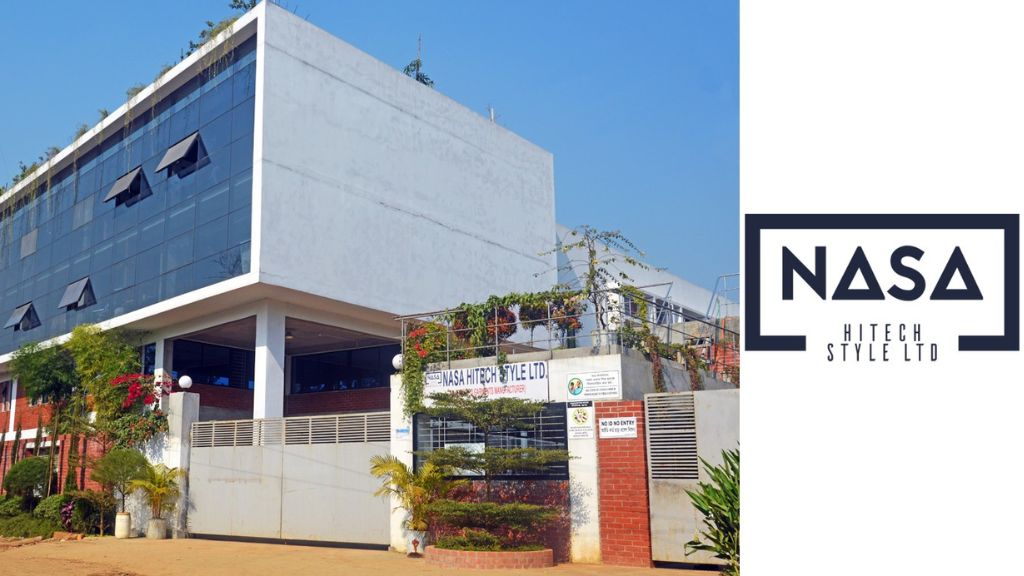
Nasa Hightech Style Limited: An exemplary company in the production of eco-friendly clothing. | Photo: Collected.
The launch of NASA Hi-Tech Style Limited took place in July 2018. Gazipur is the location of the green factory. Beginning with the goal of obtaining USGBC accreditation, the organization went on to obtain LEED Gold certification in 2019. The company’s energy usage was 6% lower than the performance rating at baseline. The Green Factory has cut internal operations waste by 50% and water use by 40%. Construction of new buildings, fabrication, LEED registration, certification, and consulting expenses have all increased from 18% to 20% as a result of the company’s green industrialization process. Following the initiation of the Green Project, the machine’s electricity consumption efficiency has grown dramatically.
Envoy Textile Limited (ETL)
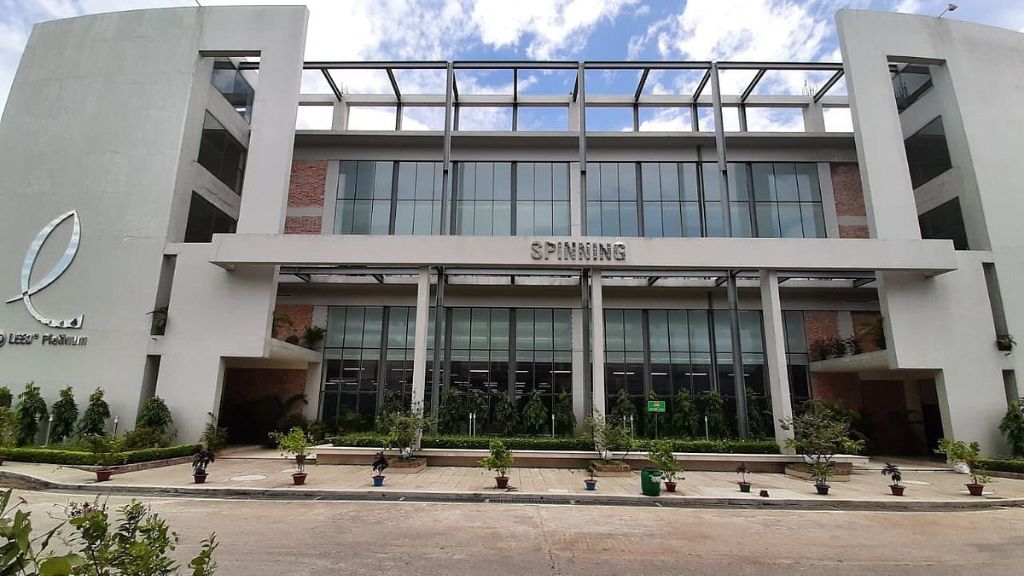
Invoy Textile Limited (ETL): Use of innovative technology for the production of eco-friendly clothing. | Photo: Collected.
The first denim factory in the world to receive LEED Certified Platinum status is Envoy Textiles Limited. It was founded in 2005, and it started doing business at the beginning of 2008. In Mymensingh’s Bhaluka Zamindia, the factory is situated. Leading the way in environmental and energy design is a well-known attribute of Envoy Textiles Limited. Establishing green manufacturing that uses less water and energy was the primary goal of ETL management. ETL decreased water usage by 34% and energy use by 29%. In addition, 95% of the waste produced can be recycled, guaranteeing that all natural resources are used.
BAY CREATIONS LIMITED
Over the past 14 years, Bay Creations Limited has established itself as a leading manufacturer and exporter of knitted clothing. It is located at Narayanganj. LEED Gold category accreditation has been attained by the organization. The green building project was a brand-new building project by Bay Creations Limited. 10% of the building’s materials were recycled, while 20% were made, recovered, or locally acquired. The Green Factory cut wastewater production by 50%, baseline indoor water consumption by 40%, and landscape watering by 100%.
SM Sourcing
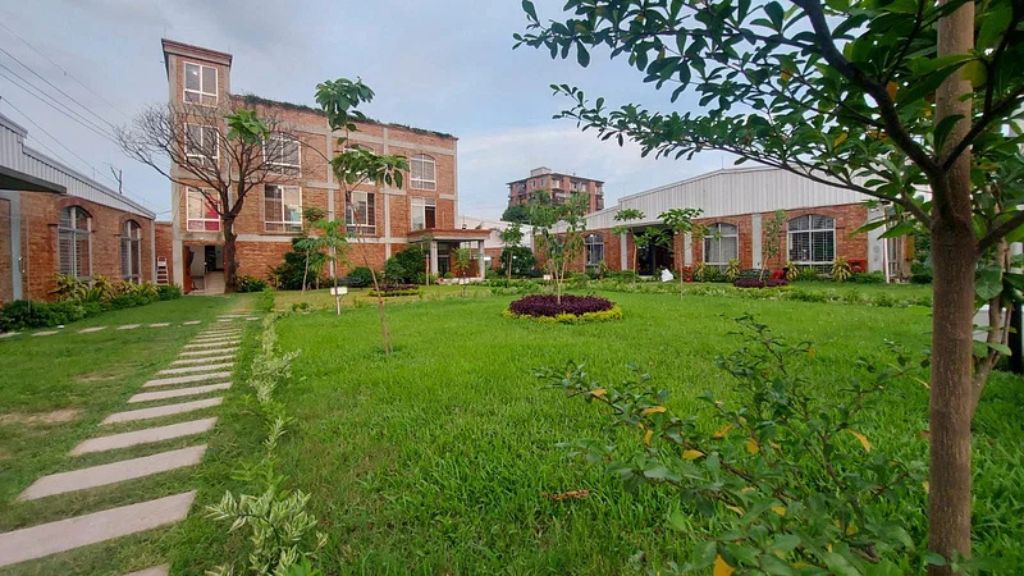
SM Sourcing: A leader in eco-friendly initiatives for sustainable clothing production. | Photo: Collected.
Based in Konabari, Gazipur, SM Sourcing is the LEED-certified green clothing manufacturing with the highest score in the world. The business received a LEED rating of 106 out of 110. Located on almost four bighas of land, the factory is surrounded by trees, with 35% of the space left open to allow for the unrestricted flow of fresh air both indoors and out. Solar panels provide 45 kilowatts of electricity per day to the plant. Every year, SM sourcing prevents 2,000 tons of carbon emissions, the equivalent of growing almost 67,000 trees.
A platinum-rated LEED-certified building is around 40% more expensive to construct than a standard factory. However, in order to raise their facilities to international standards, several business owners in Bangladesh have converted their factories to green units, even if this comes at an additional expense. Eventually, Bangladesh accounted for 7.9 percent of the world’s garment trade and emerged as the second-largest apparel exporter after China. Bangladesh’s reputation has improved in this area thanks to the greening campaign.
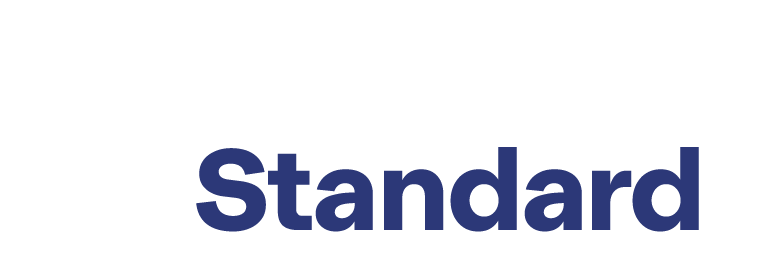
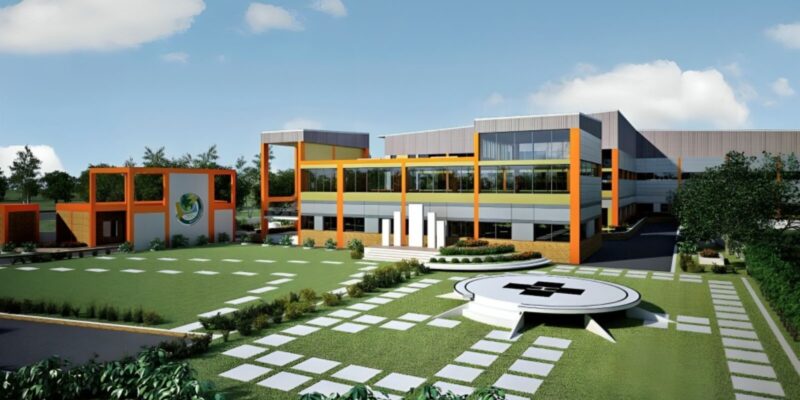
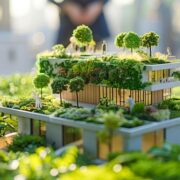



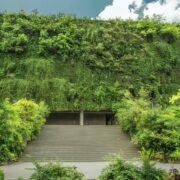

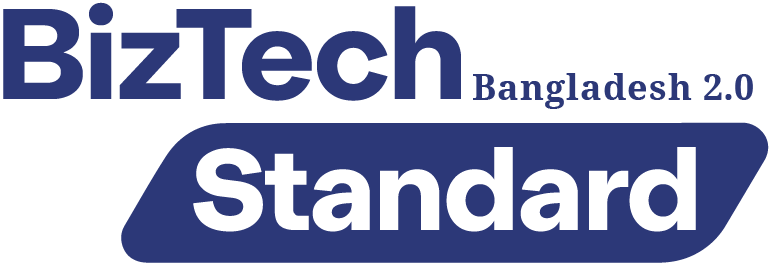
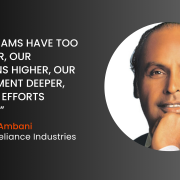





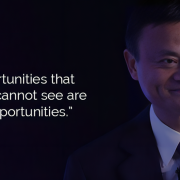
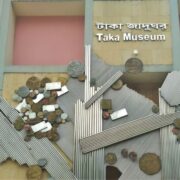



Comments